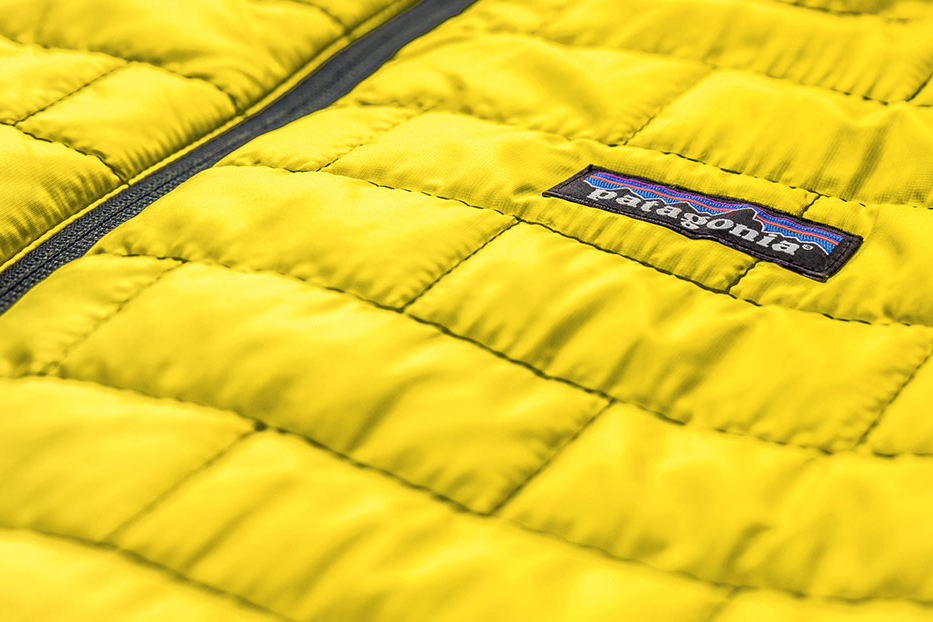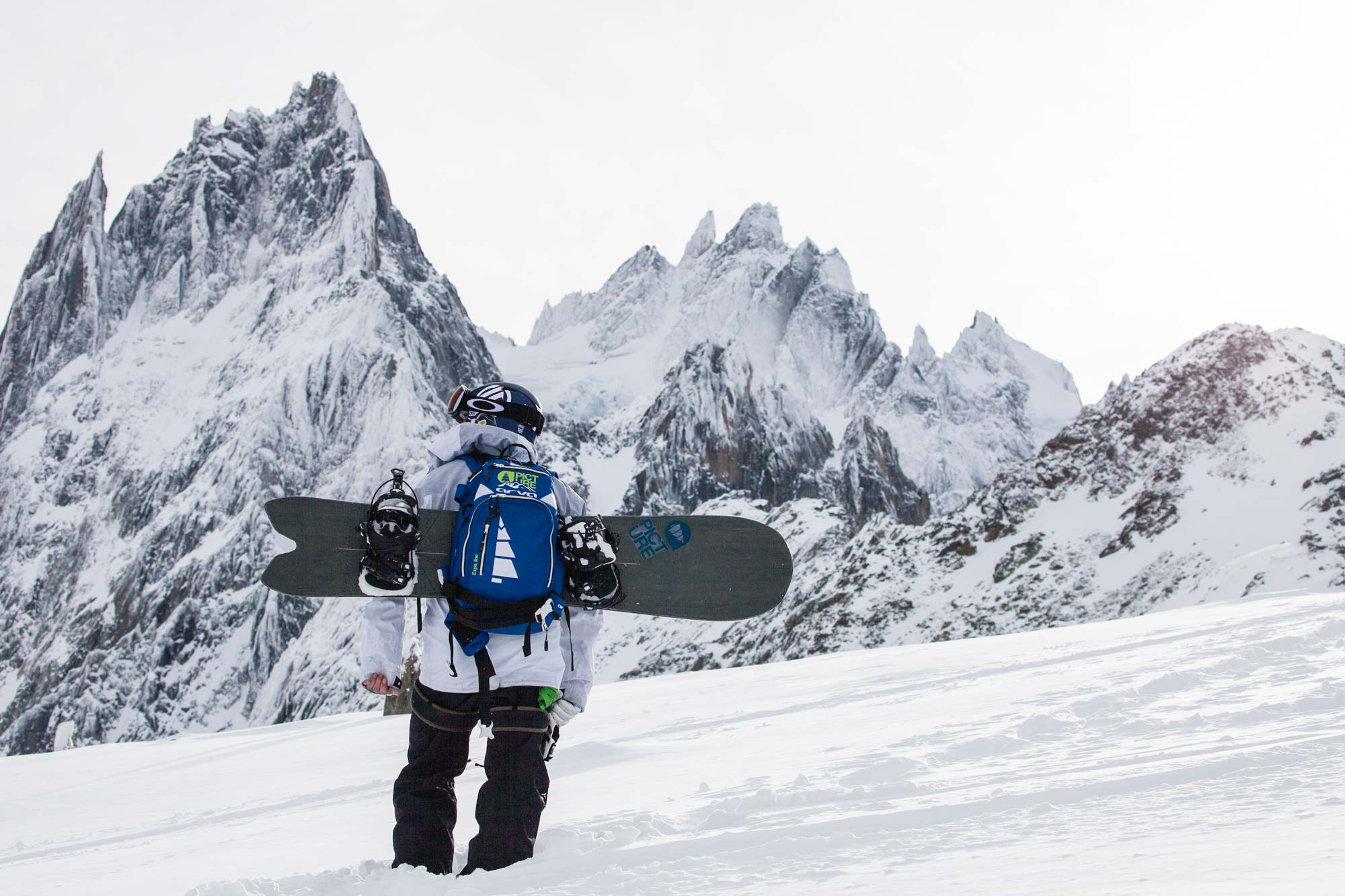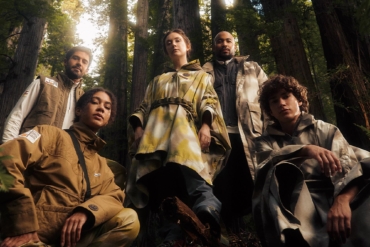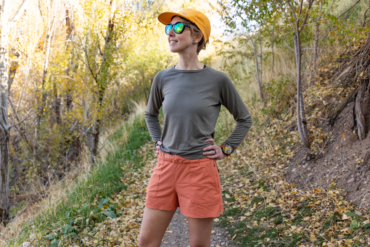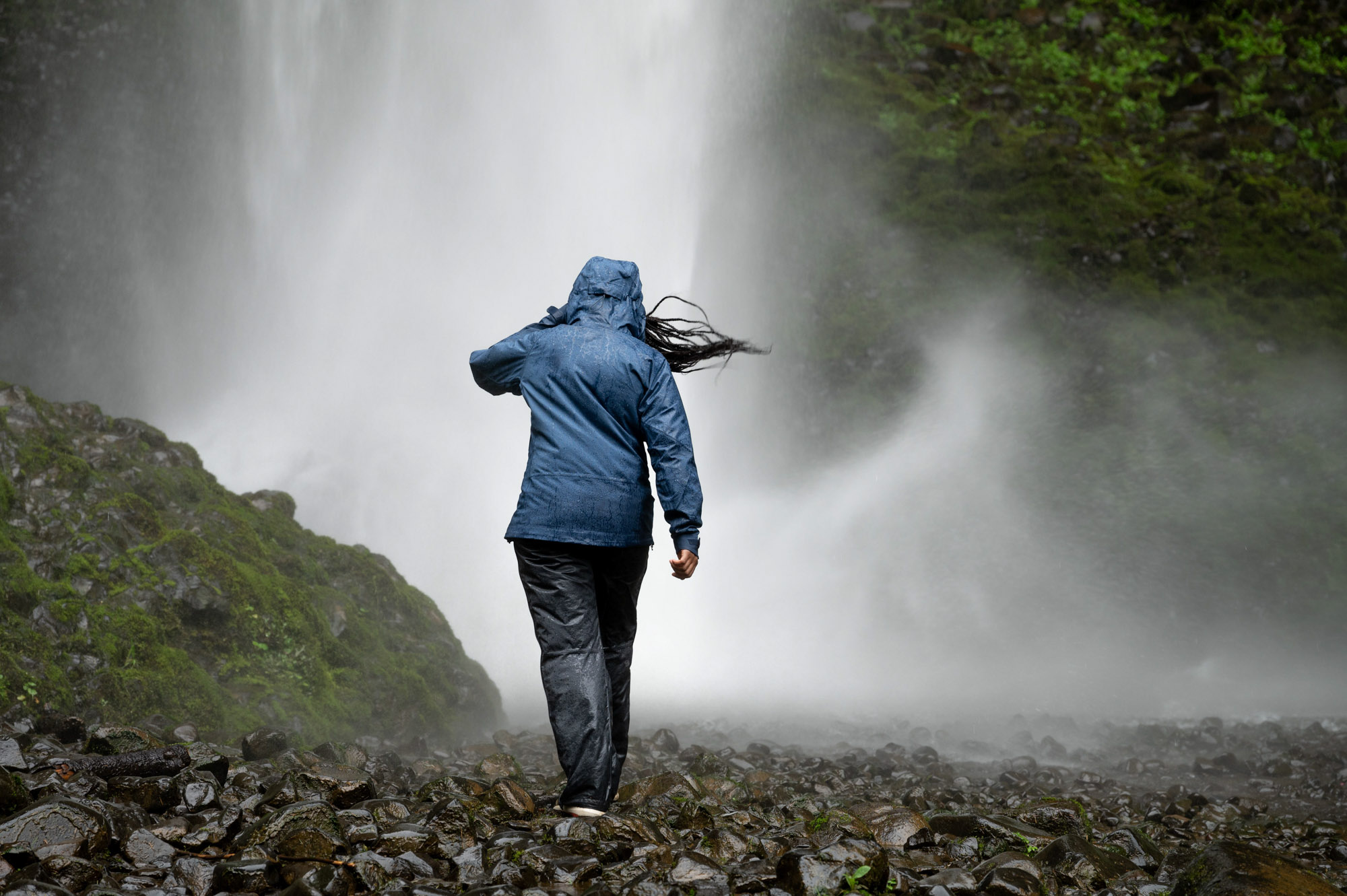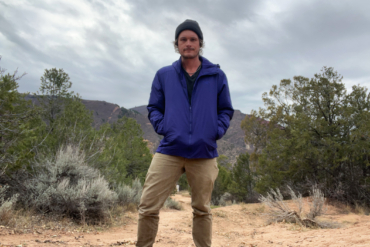Do you know how much environmental harm your outdoor apparel does? Here are some signposts to help you buy with confidence.
By now, every outdoor apparel brand understands that it’s ethically unsound to trash the Earth while selling products people use to recreate on it. And they also know that, increasingly, consumers won’t purchase goods that do harm.
This year, after a decade of work, the Outdoor Industry Association (OIA) released a report about how brands are collectively tackling product and supply chain responsibility. It looked at things like chemical use, animal welfare, fair labor practices, microfiber shedding in waterways, and carbon reduction strategies.
It’s admirable that the OIA and influential outdoor companies are finally calling out the massive impact of manufacturing and investing solutions to do less harm. But in the meantime, it can be incredibly confusing for gear junkies to know what’s OK to add to the closet.
So here’s the quick guide for what to look for next time you’re binging at REI.
Labels: Green Certifications to Look For
Which materials outdoor apparel companies choose to use is important. Each element has a “life,” whether it comes from a farm or factory. How outdoor clothing materials are manufactured and manipulated also makes an impact on the planet and people’s lives.
“The less virgin materials used, the better,” says Jessica Clayton Davis, who represents the eco-conscious brand Toad & Co.
“Perhaps of greatest importance is to purchase the highest-quality garments you can find. High-quality gear has a much lower footprint than cheap clothing that falls apart.”
Increasingly, third-party environmental organizations are helping outdoor apparel companies certify their processes and show consumers where materials come from — and where they go. Check your tag for these significant certifications for green outdoor apparel.
Bluesign
This environmental system certification has gotten a lot of attention lately at events like Outdoor Retailer, the largest outdoor industry trade show in North America.
The bluesign system certifies applied ingredient facilities, such as fabric dyers, to make sure that what they’re making is safe for workers, consumers, and the environment.
It even extends to accessories like zippers, buttons, and buckles. Most importantly, the certification means the facility is using only nontoxic chemicals and monitoring air and water emissions.
Fair Trade
It’s not just for your coffee. Fair Trade has been around for a while and continues to be a major marker for all kinds of companies that hold their ethics flags high.
Generally, the trademark means that the item was made using sustainable farming methods, paying fair wages, and supporting local economies, particularly in developing parts of the world.
The Fair Trade Certification organization claims that purchases of products with the Fair Trade symbol have sent more than $550 million to farmers and workers since 1998.

Forest Stewardship Council
That’s FSC for short. It might be surprising to many people, but lots of fabric blends come from trees. Take rayon, for example, which adds that feel-good factor to fabrics that allow for movement. More than 150 million trees are cut down each year to make these specialty fabrics.
The FSC marker, which shows up on clothing on big brands like yoga-lifestyle clothier prAna, means the product comes from responsibly managed forests focused on biodiversity and regeneration.
Global Organic Textile Standard
The term “organic” is tricky. Getting certified organic food is one thing, but organic certifications are an entirely different mountain for outdoor apparel makers to climb. You’ve got to break it down material by material, fiber by fiber. For example, Patagonia has used only organically grown cotton for 20 years.
One of the biggest markers in the industry is the Global Organic Textile Standard (GOTS). If a garment is labeled GOTS, it must contain at least 95 percent certified organic fibers. So look for the GOTS certification on clothes. But know you may pay a premium for organic, just like at the grocery store.
More Eco Alternative Terms
While all of these certifications can be good basic indicators of what products and brands to buy, only so much can fit on a label. Below are some other eco terms you should be familiar with.
Synthetics
Today, almost all outdoor clothing manufacturers use synthetic materials in some way or another. And while synthetics tend to start life as oil, sometimes they come from recycled sources. Recycled polyester, nylon, and other synthetics often perform just as well as nonrecycled counterparts. And these at least start life as post-consumer waste.
Biodegradables
The majority of synthetic materials (nylon, polyester, and insulating materials) are not biodegradable. That means that, once the life of the product is over, they’ll likely find their way into a landfill.
Worse, synthetic materials can shed tiny plastic fibers that can make their way into waterways. Not good.
One way to avoid contributing to this problem is to use natural insulations and materials when possible. Cotton, wool, and down, TENCEL, and hemp all biodegrade after the life of the product. They also come from natural (hopefully responsible) sources. See “Traceable & Responsible” below for more on this.
But solutions may also be coming to the synthetic world. One big player, PrimaLoft, recently created a biodegradable synthetic fiber. It figured out how to change the molecular makeup of synthetic fibers so oceans and landfills can actually eat them. Called PrimaLoft Bio, consumers can look for the new insulation in products in 2019.
Innovative outdoor apparel companies are even addressing the bags clothes are shipped in. For example, GoLite, which relaunched this year, is putting everything it makes in a resin-based bag that breaks down, or biodegrades, in three months.
Recyclables
Additionally, alternatives materials like Econyl (made from nylon waste like old fishing nets), recycled plastic, and TENCEL (made from tree pulp) are on the right track and also something to keep your eye on.
Picture Organic Clothing is even using eco alternatives in technical wintersports and surfing apparel. Products use a minimum of 50 percent recycled polyester made from from plastic bottles. While clothing is made in Taiwan, the brand uses the Green Plus certification to guarantee recycled rates of each product.
Traceable & Responsible
“Responsible” or “traceable” wool and down are animal products that now have better extraction methods or protections against animal cruelty. That said, some companies don’t feel traceability is far enough along to put it on their products.
Brian Linton, founder and CEO of United By Blue, said in a recent press release, “Despite progress in traceability, the down industry’s live plucking practices remain too controversial to consider a viable option. So UBB made its own alternative insulation: a 50-50 blend of recycled polyester and North American bison fiber — shaggy hairs that are usually discarded by ranches.
Likewise, products made with vegan leather still use a plastic-derived polymer to mimic the look and feel of real leather. But they don’t require the energy- and chemical-intensive prepping process that animal hides do, not to mention harvesting cows in the first place.
Deadstock
There’s also the promise of deadstock, or leftover fabric. Smart outdoor companies are starting to put these scraps to good use by upcycling them into entirely new products or reworking materials that would have been thrown away into existing product lines.
When in Doubt, Research the Brand
Some brands, like Columbia Sportswear, have made strides on their own proprietary technologies that address sustainability. And these tend to have been well-vetted by a lot of users and a good place to start.
If you’re wondering about specific pieces of green outdoor apparel, a line of outdoor clothing, or an entire brand, do some research.
If the brand’s website has a section for corporate responsibility or sustainability, you’re probably in good hands. That said, green sourcing, supply chain changes, and certifications can be expensive. So give the small, independent brands some leeway.
And when in doubt, ask more questions. There’s no reason you shouldn’t know what goes into your outdoor clothes.



